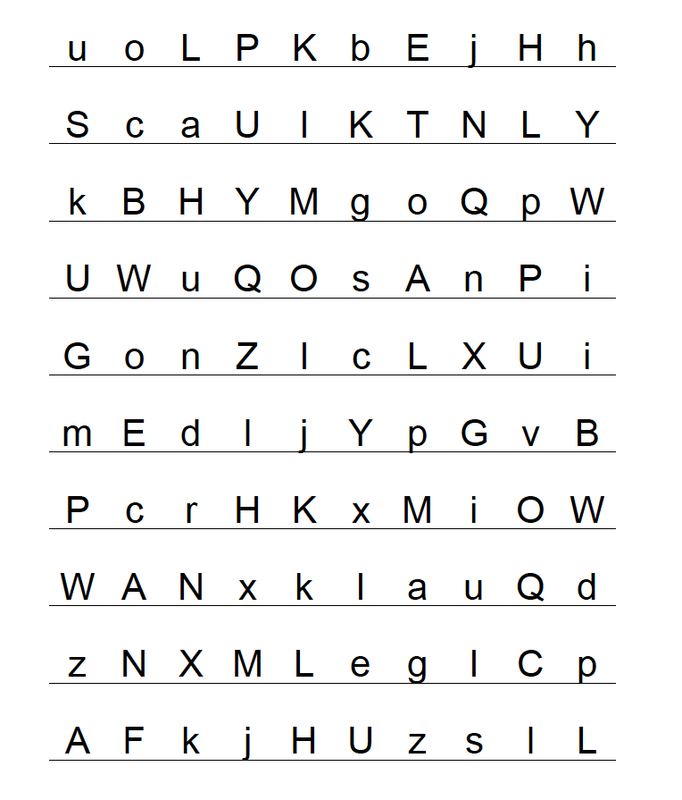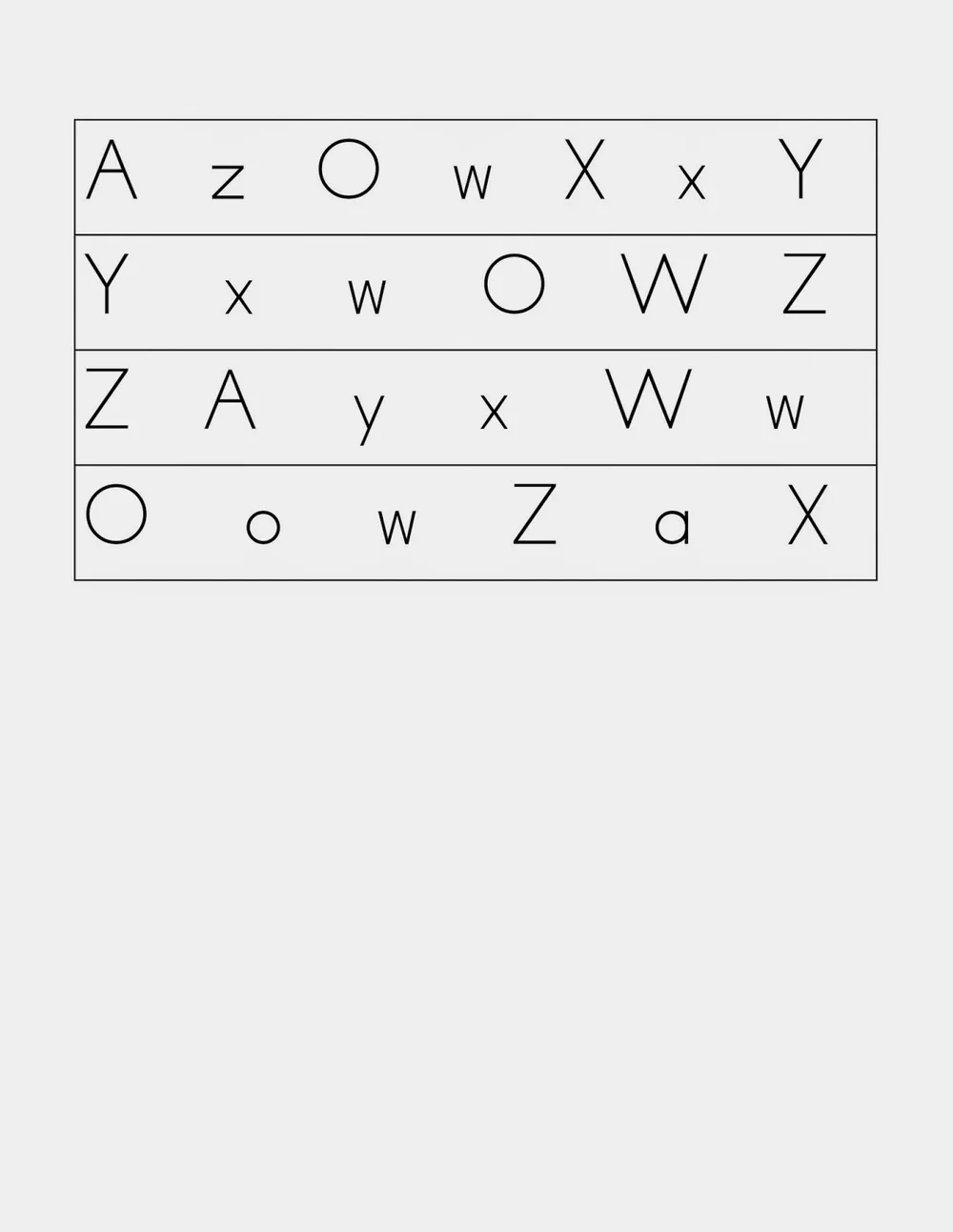Building Fluency in Young Children
Fluency is a skill that can be and should be taught. In 1997, The National Reading Panel which included guru Marilyn Jagar Adams stated, “... [F]luency is the ability to recognize words easily with greater speed, accuracy and expression...children gain fluency by practicing".
Letter Fluency Probe
Adapted Fluency Probe
And practice we must because all tests such as AIMS Web, Dibels, and the like require fluency to measure outcome whether we agree with the philosophy or not. Fluency is here to stay.
Fluency can be taught using games, activities and fluency probes. The most important part of teaching fluency is to remove fluency from a skill that is yet to be mastered at the knowledge level. Or to include the practice in a safe game-play activity. My kids love naming a strip of random letters for the chance to put a sword in the "Pop Up Pirate!" I simply help them with unknown letters to help them get a feel for naming letters quickly.
When practicing the "official" fluency probe I would adjust as needed. Joey knows only the letters A z O w X x and Y. So to help Joey become fluent, I would certainly not present him with the entire fluency probe as pictured, I would create a probe with the letters he knows (add both upper and lowercase versions if they are the same such as Xx and Oo). Once Joey tastes the success of fluency, he will become faster and faster and happier and happier. As with any other skill, teaching at the zone of proximal development is key to success. I would then move to a two-line probe adding letters that are not yet known by Joey; increasing as his letter knowledge increases.
Another way to increase Joey’s fluency is to add additional fluency activities such as lining up toys or other common objects and naming them quickly. Fluency probes with colors and other common objects also build fluency, confidence, and success.
Take the Stress Away From Fluency To Build Fluency
If you have a student that is struggling with fluency, try developing his/her fluency separately from the reading task (remember that fluency is a task in its own right). Practice fluency with a fluency probe that you are confident he or she can be fluent at. Let him or her feel success.
Another issue to remember is fluency is not speed. Have you ever heard a student read so fast that you can’t even understand him, and then worse yet, he can’t recall what he has just read? A great way to help students understand the difference between fluent reading and super-speed garble is to tape the student reading. Let him listen to the difference between fluent reading and speedy garble.
If you are interested, here are two 1 minute fluency probes you might wish to try to help your students on the way to automaticity.
Many of our thematic units include fluency building games! All of our products are available here at our Squarespace Store or At Teachers Pay Teachers.





